Florentine painter, 17th century
Alessandro Allori (Florence, 1535 – Florence, 1607) circle
Oil on canvas, with gold highlights
131 x 173 cm
In frame 144 x 187 cm
Full details of the work (click HERE)
A splendid canvas celebrating the theme of the Annunciation, the moment when the archangel Gabriel brings Mary the news that she will give birth to the Son of God, according to a typology that was very popular from the late 16th century to the first half of the following century.
On the left, the Archangel Gabriel is depicted with his hands crossed over his chest, caught in the moment of the supreme announcement, with his eyes half-closed in an attitude of devotion. Before him is the Virgin Mary, seated on a chair that resembles a throne, as she looks up towards the dove of the Holy Spirit.
The divine light is represented by golden rays emanating from God the Father, at the top left, and from the mouth of the dove, directed towards the Virgin, humble and submissive, who, as if in a mirror, responds with the Latin phrase: “Ecce Ancilla Domini” (behold the handmaid of the Lord), thus accepting God's will.
The canvas shows superb execution, embellished with gold finishes that highlight the figures, and numerous details rendered with extraordinary skill: from the wooden throne decorated with geometric motifs, to the lace curtain, probably made with a bobbin, which separates the area behind, to the carpet defined in the smallest knots.
Another element worthy of mention is the rendering of the faces, both characterized by an ethereal beauty emphasized by the whiteness of the complexion, as well as the angel's wings and the Virgin's crown, embellished with precious stones and macaroni.
Next to the Madonna is a cushion with an open book, symbolizing the Old Testament: according to medieval tradition, the angel surprised Mary deep in prayer, reflecting on the biblical passage in which the prophet Isaiah foretells the future coming of the Messiah on Earth: “Ecce virgo concipiet, et pariet filium, et vocabitur nomen eius Emmanuel” (Behold, the Virgin shall conceive and bear a son, and shall call his name Emmanuel) (Isaiah 7:14).
The work is inspired by the famous fresco in the Basilica of Santissima Annunziata in Florence (see image in details, fig. 1), painted around 1250, and displays stylistic features that unquestionably place it within the Florentine figurative culture of the 17th century.
More precisely, we can trace its author to the circle of the Florentine Alessandro Allori (Florence, 1535 – Florence, 1607) who, like many Florentine artists of his time, made numerous copies of the fresco, either complete or partial, commissioned by the grand ducal family and Florentine noble families as objects of private devotion or gifts to be sent to eminent personalities, or at the request of foreign patrons.
Among these, we can mention the small painting on copper, signed and dated by Alessandro Allori in 1606, now in Palazzo Pitti in Florence (fig. 2). The Museo del Duomo in Milan also has a copy of the painting by Allori himself from 1579, commissioned by Francesco I de' Medici as a gift for Cardinal Federico Borromeo. There is also the Annunciation attributed to Allori on display in the choir of the Monte dei Cappuccini (fig. 3), the one in the Museo San Domenico in Bologna (fig. 4), and finally the one kept in the Civic Museum of Spello in Perugia (fig. 5). From the collection of the municipality of Florence, we can also mention the Annunciation attributed to Cristofano Allori (fig. 6).
Fig. 1: https://it.wikipedia.org/wiki/File:Annunciation_-_Santissima_Annunziata.jpg
Fig. 2: https://catalogo.beniculturali.it/detail/HistoricOrArtisticProperty/0900297026
Fig. 3: https://catalogo.beniculturali.it/detail/HistoricOrArtisticProperty/0900620035
Fig. 4: https://bbcc.regione.emilia-romagna.it/pater/loadcard.do?id_card=263428&force=1
Fig. 5: https://dati.beniculturali.it/lodview-arco/resource/HistoricOrArtisticProperty/1000138769.html
Fig6: https://catalogo.beniculturali.it/detail/HistoricOrArtisticProperty/0900227307
ADDITIONAL INFORMATION:
The painting is sold complete with an attractive gilded frame and comes with a certificate of authenticity and a descriptive iconographic card.
We arrange and organize the transport of purchased works, both in Italy and abroad, through professional and insured carriers.
If you would like to see this or other works in person, we would be delighted to welcome you to our new gallery in Riva del Garda, at Viale Giuseppe Canella 18. We look forward to seeing you!
Please contact us for any information or to arrange a visit. We will be happy to assist you.
Follow us on:
https://www.instagram.com/galleriacastelbarco/?hl=it
https://www.facebook.com/galleriacastelbarco/





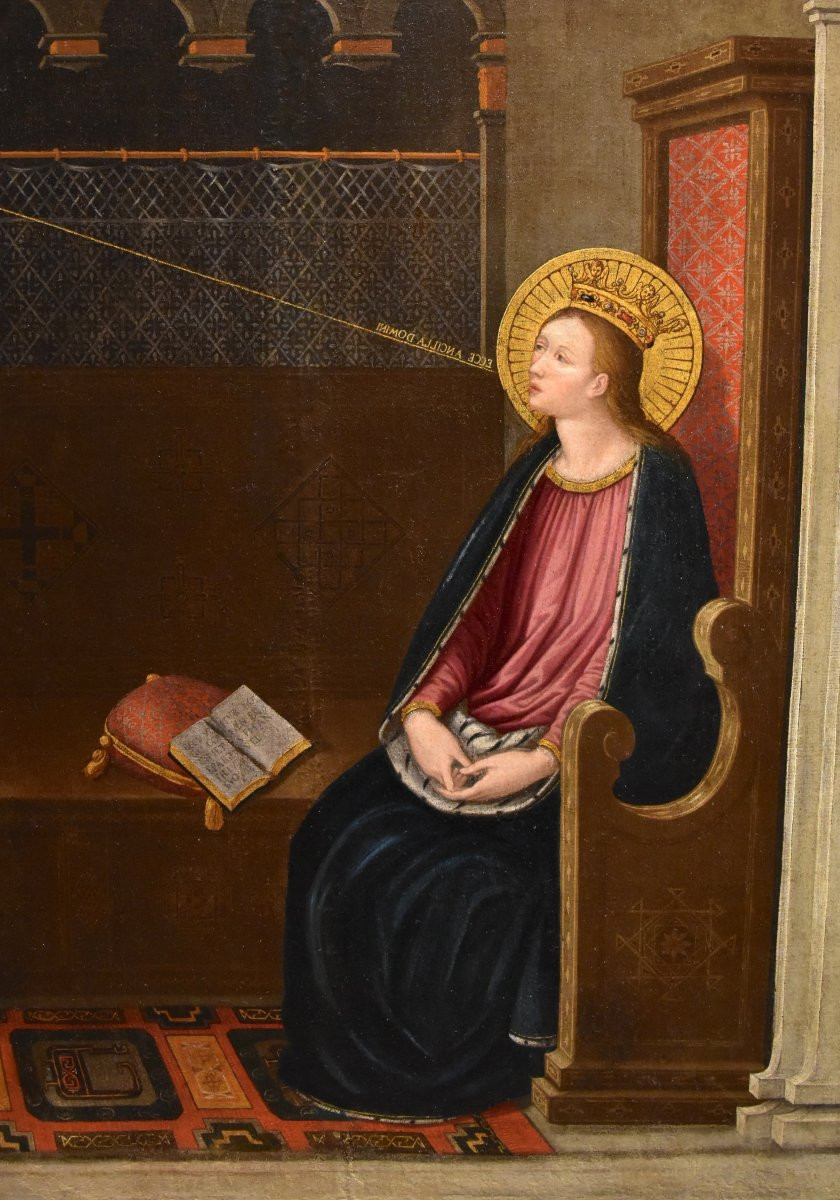






















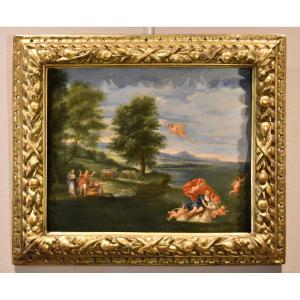
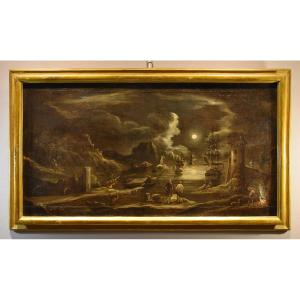
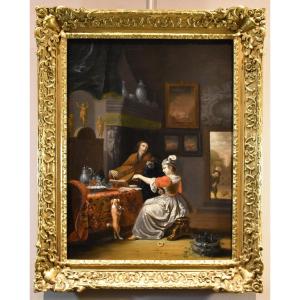
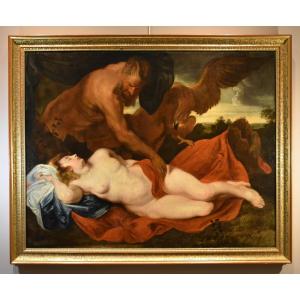

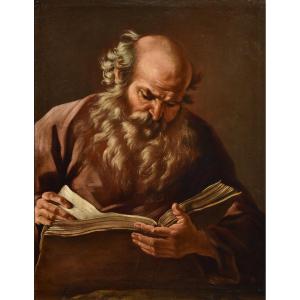






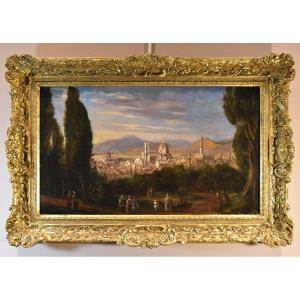


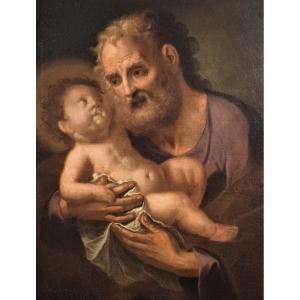






 Le Magazine de PROANTIC
Le Magazine de PROANTIC TRÉSORS Magazine
TRÉSORS Magazine Rivista Artiquariato
Rivista Artiquariato